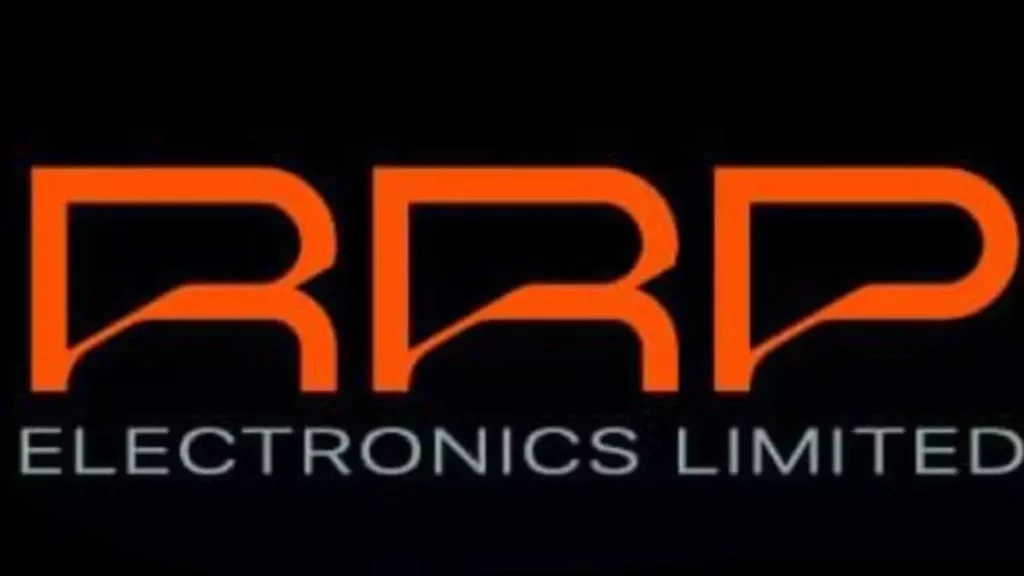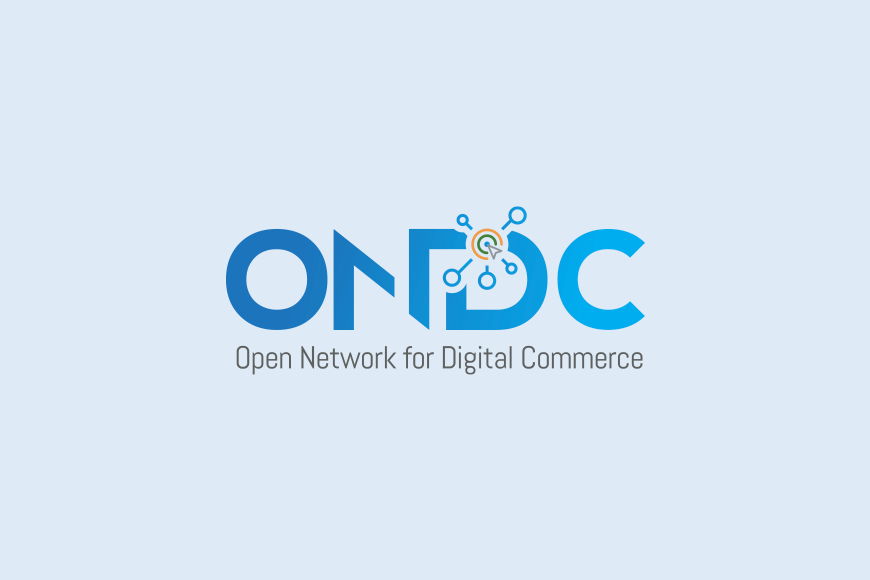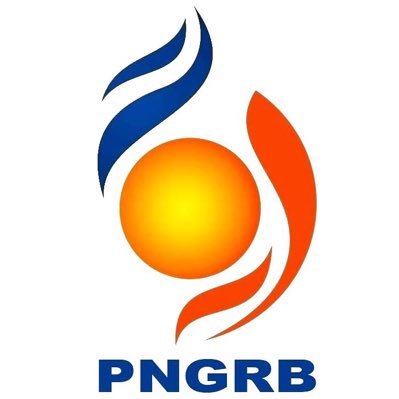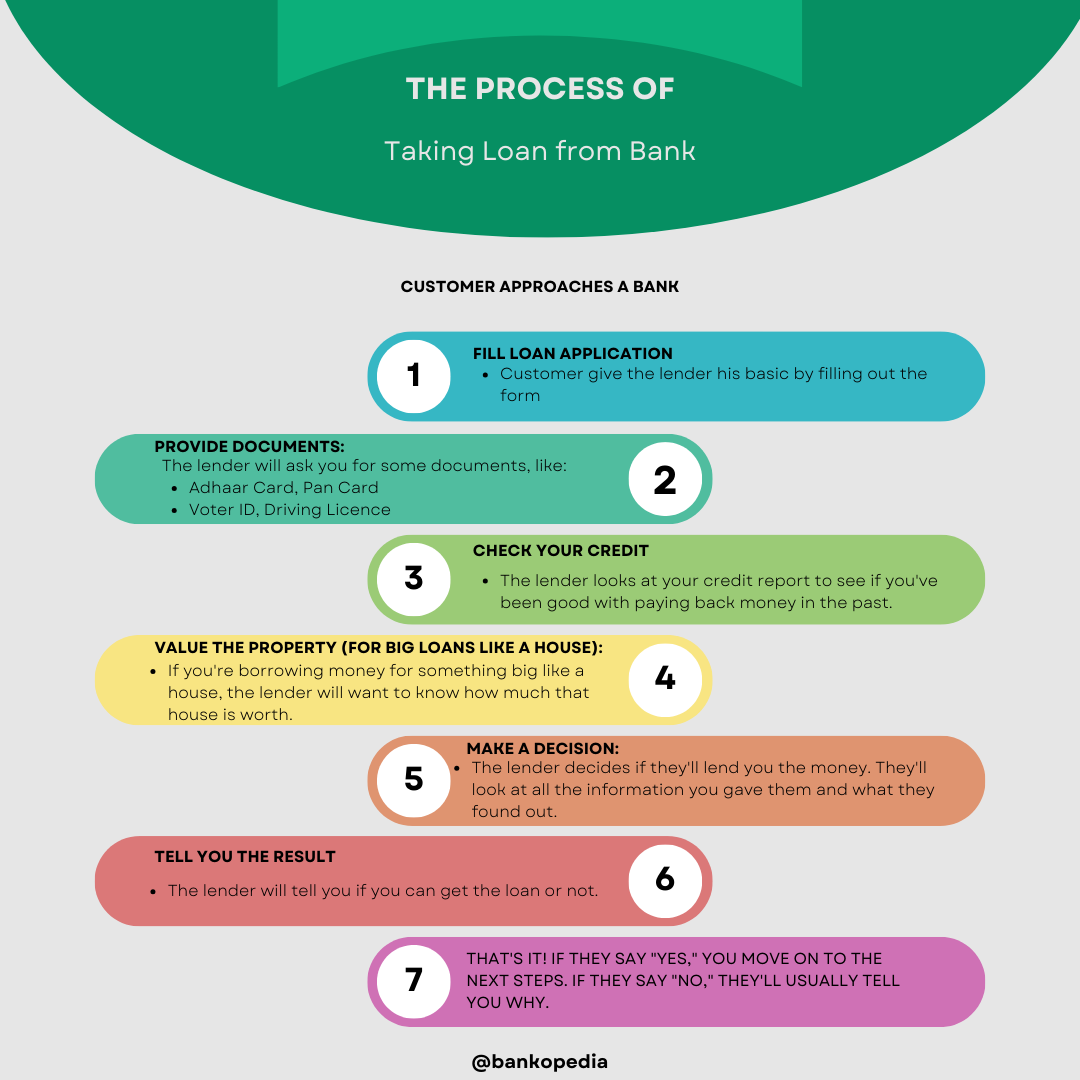Welcome to Daily Banking Digest, your premier source for the latest news and insights on March 18, 2024, focusing on banking, the economy, and finance. Our platform offers a comprehensive overview of the day’s most critical financial stories, market trends, and economic developments. Whether you’re a professional in the financial sector, an investor monitoring market movement, or someone interested in staying informed about the economic landscape, Daily Banking Digest provides reliable, up-to-date information.
Join our Telegram Channel for Daily PDF in your Inbox – Click Here
Table of Contents
Kerala Surpasses 1 Lakh New MSMEs for Two Consecutive Years
Kerala’s MSME sector has experienced remarkable growth, with over one lakh new ventures established in 2023-24, bringing the total to 2,40,396 since 2022-23. This initiative has attracted an investment of ₹15,167.36 crore and created 5,09,740 jobs.
Key Points
Growth in MSME Sector – Over one lakh new MSME ventures established in 2023-24. – Total of 2,40,396 new units since 2022-23.
Investment and Job Creation – Total investment of ₹15,167.36 crore attracted. – 5,09,740 jobs created in the MSME sector.
Year of Enterprises Initiative – Government declared 2022-23 as Year of Enterprises. – Target of creating one lakh new enterprises and 3-4 lakh jobs. – Initiative launched by Department of Industries & Commerce.
Women and SC/ST Entrepreneurship – One-third of units started in 2023-24 promoted by women entrepreneurs. – 3375 enterprises started by SC/ST entrepreneurs.
District-wise Performance – Ernakulam district with the highest number of units. – Malappuram and Thiruvananthapuram also performed well.
Sector-wise Distribution – 13,790 units in manufacturing sector. – 44,468 units in service sector. – 42,298 commercial enterprises.
High-Performing Ventures – Agro & food processing, garments & textiles in manufacturing. – Hotels and restaurants, catering, garment designing and dress making in services.
IDBI Bank Acquisition: Fairfax Enhances Offer to Sweeten the Deal
Canadian billionaire Prem Watsa’s Fairfax has revised its bid for IDBI Bank, offering an all-cash compensation structure and committing to preserve the bank’s identity post-divestment. This improved offer addresses concerns raised by the government and Reserve Bank of India (RBI), making Fairfax a strong contender for the acquisition.

Key Points
Revised Offer – Fairfax India Holding will bid for IDBI Bank. – All-cash compensation structure agreed upon. – Commitment to maintain IDBI Bank’s identity.
Thorns Removed – Cash compensation removes a contentious issue in previous bids. – Improved offer strengthens Fairfax’s position amidst political tensions between India and Canada.
Revised Terms – Fairfax India Holding will merge CSB Bank into IDBI Bank after acquisition. – This structure aligns with banking regulations and addresses concerns about parallel structures.
Divestment Details – Divestment of IDBI Bank initiated in October 2022. – LIC and government selling 30.24% and 30.48% stake, respectively.
Tough to Turn Down? – Fairfax’s revised offer addresses key concerns. – IDBI Bank’s stock price has risen significantly since divestment talks began. – Kotak Mahindra Bank may need to match or exceed Fairfax’s offer to remain competitive.
DFS Secretary Urges Banks to Prevent Mis-selling and Protect Account Holders’ Interests
The Department of Financial Services (DFS) has instructed public sector banks to prevent mis-selling of insurance products and safeguard account holders’ interests. Banks have been alerted to complaints of unethical practices by banks and life insurance companies in selling policies to customers. The DFS has also directed banks to review their gold loan portfolios due to concerns about regulatory non-compliance.

Key Points:
Mis-Selling of Insurance Products:
- DFS has instructed banks to prioritize account holders’ interests.
- Banks have been sensitized to complaints of fraudulent and unethical practices in selling insurance policies.
- Instances of policies being sold to elderly customers in smaller cities have been reported.
- Banks often push products from their subsidiary insurers.
- Branch officials admit to pressure from superiors to sell insurance products.
- CVC has raised concerns about incentives for selling insurance products affecting core banking operations.
Gold Loan Portfolio Review:
- DFS has directed state-owned banks to review their gold loan portfolios.
- Non-compliance with regulatory norms has been observed.
- Banks have been asked to examine their systems and processes related to gold loans.
- Concerns include disbursement without proper collateral, fee collection anomalies, and cash repayments.
- Banks are urged to review gold loans from January 2022 to January 2024 for compliance.
- Gold prices have surged, leading to increased gold loan exposure.
- SBI has a gold loan portfolio of ₹30,881 crore, while PNB and Bank of Baroda have exposures of ₹5,315 crore and ₹3,682 crore, respectively.
Election Commission Enforces Model Code of Conduct for Lok Sabha Elections, Emphasizing Respectful Campaigning
The Model Code of Conduct (MCC) has been implemented for the upcoming Lok Sabha elections, with the Election Commission urging political parties to maintain decorum during campaigning. The MCC aims to ensure a fair and peaceful electoral process by prohibiting personal attacks, hate speeches, and misuse of government resources.
Key Points:
Implementation of MCC: – The MCC came into effect on Saturday with the announcement of Lok Sabha polls. – Polling will be held in seven phases, starting on April 19.
Conduct of Political Parties: – Political parties are urged to refrain from personal attacks and foul language. – Hate speeches, caste or religious appeals, and criticism of private life are prohibited. – Social media posts vilifying or insulting rivals are not allowed.
Responsibility of Star Campaigners: – Star campaigners have a responsibility to maintain decorum.
Enforcement of MCC: – The Election Commission will take action against any violations of the MCC, regardless of the politician’s status. – The MCC is not legally binding but has been upheld by the Supreme Court.
Origin and Evolution of MCC: – The MCC originated in 1960 during Kerala assembly elections. – It has evolved over the years to its current form.
Provisions of MCC: – The MCC prohibits the party in power from using its official position for campaigning. – Ministers cannot announce financial grants or projects that may influence voters. – Government machinery cannot be used for campaign purposes. – The MCC also regulates meetings, processions, polling day, and election manifestos.
Restrictions on Ruling Party: – The ruling party cannot use government transport or machinery for campaigning. – Public places and facilities must be provided to opposition parties on equal terms. – Ad-hoc appointments that may influence voters are prohibited.
Fuel Price Reduction: Significant Impact on OMC Revenue
The recent Rs 2 per liter price cut for petrol and diesel by state-run oil marketing companies (OMCs) will significantly impact their revenue and earnings. The cut, announced just before the general election dates, is expected to reduce OMCs’ annualized revenue and EBITDA by approximately Rs 30,000 crore ($3.7 billion).

Key Points:
Impact on OMCs’ Revenue and EBITDA:
- The price cut will reduce OMCs’ revenue and EBITDA by an estimated Rs 30,000 crore annually.
Factors Contributing to Price Cut:
- Heavily discounted Russian crude oil and high refining margins have led to record profits for OMCs.
- Discounts on Russian crude have declined from $15 per barrel to $2 per barrel.
- India’s crude oil imports from Russia have increased.
Government’s Role:
- The government has not provided any excise duty relief to OMCs.
- The price cut is expected to be borne entirely by the OMCs.
Impact on Net Marketing Margins:
- The price cut will reduce OMCs’ net marketing margins from Rs 1.7-2.7 per liter to Rs 0.8-0.9 per liter.
Analysts’ Estimates:
- Goldman Sachs estimates that a Rs 0.5 per liter cut in net marketing margin would reduce FY25E EBITDA for HPCL, BPCL, and IOCL by 16%, 13%, and 11%, respectively.
Other Impacts:
- The price cut follows a reduction in CNG prices by city gas distribution companies.
- The government has also cut LPG cylinder prices by Rs 100 per cylinder.
Indian Toy Industry Booms as Global Giants Shift Production from China
India’s toy industry has experienced significant growth in recent years, becoming a net exporter due to factors such as mandatory BIS approval, protectionism, and increased customs duty. Global toy brands and manufacturers are increasingly sourcing from India, leading to a decline in imports and a surge in exports.
Key Points:
BIS Regulation:
- Mandatory BIS approval for toy sales in India has reduced dependence on China.
- Imports have been replaced by domestic Indian products.
Protectionism:
- Increased basic customs duty to 70% has protected the domestic industry.
China-Plus-One Strategy:
- Global toy manufacturers are shifting focus to India from China.
- Major manufacturers like Dream Plast, Microplast, and Incas are establishing operations in India.
Export Growth:
- Exports have increased by 239% between FY15 and FY23.
- India is now exporting to over 33 countries, including the GCC, Europe, and the US.
Domestic Production:
- Indian production has increased significantly.
- Many companies have set up manufacturing bases in India.
Sourcing by Global Brands:
- Hasbro, Mattel, Spin Master, and Early Learning Centre are sourcing from India on a large scale.
Challenges:
- BIS rules need to be further relaxed to support MSMEs.
- Only 1,500 out of 6,000 toy manufacturing units have obtained a BIS license.
Future Outlook:
- The Indian toy industry is projected to reach $4.4 billion by 2032.
- Gujarat is emerging as a major toy manufacturing hub.
Election Commission Releases Updated Electoral Bond Data: Comprehensive List Available
The Election Commission of India (ECI) has released details of electoral bonds purchased and redeemed by political parties. The data reveals that the Bharatiya Janata Party (BJP) received the highest amount of funds through electoral bonds, totaling Rs 6,986.5 crore. The Dravida Munnetra Kazhagam (DMK) received Rs 656.5 crore, including a significant contribution from lottery king Santiago Martin’s Future Gaming. Other major recipients include the Congress (Rs 1,334.35 crore), Biju Janata Dal (Rs 944.5 crore), and YSR Congress (Rs 442.8 crore).
Key Points:
- BJP: Encashed electoral bonds totaling Rs 6,986.5 crore; maximum Rs 2,555 crore received in 2019-20.
- Congress: Redeemed a total of Rs 1,334.35 crore through electoral bonds.
- DMK: Received Rs 656.5 crore through electoral bonds, including Rs 509 crore from Future Gaming.
- BJD: Encashed electoral bonds worth Rs 944.5 crore.
- YSR Congress: Encashed electoral bonds worth Rs 442.8 crore.
- TDP: Encashed electoral bonds worth Rs 181.35 crore.
- BRS: Fourth largest recipient through electoral bonds, encashed bonds worth Rs 1,322 crore.
- SP: Got Rs 14.05 crore via electoral bonds.
- Akali Dal: Got Rs 7.26 crore via electoral bonds.
- AIADMK: Got Rs 6.05 crore via electoral bonds.
- National Conference: Got Rs 50 lakh via electoral bonds.
- CPI(M): Declared it will not receive funds through electoral bonds.
- AIMIM and BSP: Filings showed nil receipts.
- Future Gaming: Top purchaser of electoral bonds, donated Rs 509 crore to DMK.
Surge in India’s Smartphone Exports to the US: $3.53 Billion in Apr-Dec FY24
India’s smartphone exports to the US have surged significantly, making India the third-largest exporter to the US. The increase in exports is attributed to increased smartphone production and the entry of Apple into domestic manufacturing.

Key Points:
- Increased Exports: India’s smartphone exports to the US jumped to $3.53 billion in April-December 2023, a significant increase from $998 million in the same period last year.
- Market Share Growth: The increased exports led to India’s smartphone market share in the US growing to 7.76% from 2% in the same period last year.
- Third-Largest Exporter: India has become the third-largest smartphone exporter to the US, behind China and Vietnam.
- Increased Production: An increase in overall smartphone production in India has contributed to the growth in exports.
- Decline in China and Vietnam’s Share: China and Vietnam’s share of smartphone exports to the US declined during April-December 2023.
- US Smartphone Imports: The US imported $45.1 billion worth of smartphones from its top five suppliers during April-December 2023, down from $49.1 billion in FY’23.
- South Korea and Hong Kong’s Exports: South Korea’s smartphone exports to the US increased, while Hong Kong’s exports declined.
- Indian Export Basket: Smartphones have become a significant part of India’s export basket, with exports reaching $10.5 billion in April-December 2023-24.
- PLI Scheme and Apple’s Entry: The Product Linked Incentives (PLI) scheme and the entry of Apple into domestic manufacturing have contributed to India’s emergence as a major smartphone production hub.
RRP Electronics to Establish Maharashtra’s Inaugural Semiconductor Manufacturing Facility
RRP Electronics has partnered with European companies to establish a semiconductor facility in Maharashtra, India. The project will involve an investment of ₹10,000 crore over two phases and will include an R&D center. The facility will focus on Outsourced Semiconductor Assembly and Testing (OSAT) and will cater to industries such as automobiles, power, and electronics.

Key Points:
- Investment: ₹10,000 crore over two phases
- Location: Maharashtra, India
- Partners: Consortium of European companies
- Facility: 25,000 sq ft
- Services: Outsourced Semiconductor Assembly and Testing (OSAT)
- R&D Center: To incorporate latest developments in the field
- Industries Served: Automobiles, power, electronics, and others
- Government Support: Sought from Maharashtra Government for multi-line OSAT fab foundry and manufacturing.
ICF Sets New Benchmark with Record Production of DPS Coaches
Integral Coach Factory (ICF) in Chennai has achieved a significant milestone by producing the 1,000th Distributed Power System (DPS) coach in the current production year (2023-24). This is the highest number of DPS coaches produced in a single year by Indian Railways, surpassing the previous record of 996 coaches in 2018-19.

Key Points:
1. Production Milestone: – ICF has produced the 1,000th DPS coach in the current production year (2023-24). – This is the highest number of DPS coaches produced in a single year by Indian Railways.
2. DPS Coaches: – DPS coaches include coaches for Vande Bharat train sets, Electric Multiple Units, Mainline Electric Multiple Units, Self Propelled Inspection Cars, and Self Propelled Accident Relief Trains. – DPS coaches are self-propelled with engines integrated into the passenger area. – Propulsion power is distributed among units of 3 or 4, unlike conventional trains with a single locomotive.
3. ICF’s Specialization: – ICF has specialized in manufacturing DPS coaches over the years. – Rail Coach Factory, Kapurthala, and Modern Coach Factory, Raebareli, also produce DPS coaches, but their volumes are lower compared to ICF.
Germany’s Strategy to Attract Indian Students to Address Labor Market Gaps
Germany is experiencing a surge in Indian students, with Indians now forming the largest group of international students in the country. To address labor shortages, the German government is focusing on attracting Indian students to the German labor market. The Skilled Immigration Act and increased work hours for international students are part of these efforts.

Key Points:
Indian Students in Germany – Indian students form the largest group of international students in Germany, with 43,000 students. – Engineering is the most popular discipline among Indian students, followed by law, management, and social studies.
German Labor Market – Germany is facing a shortage of skilled workers. – The German government is aiming to attract Indian students to the German labor market.
Skilled Immigration Act – The Skilled Immigration Act provides a smoother pathway for Indian students to enter the German labor market. – Indian students with German degrees can now more easily find employment in Germany and other Schengen area countries.
Increased Work Hours for International Students – International students from outside the European Union can now work up to 20 hours per week in Germany. – This rule also applies to students searching for educational programs and those taking German language training courses.
Is ONDC’s Open Network Strategy Delivering Results?
ONDC, a network aimed at breaking the dominance of e-commerce giants, has achieved milestones in its first year of operation. It has facilitated millions of transactions, expanded its reach to various sectors, and attracted numerous participants. However, challenges remain, including the need for support for new entrants and scaling up operations for startups. ONDC aims to increase e-commerce penetration in India and offer opportunities for small businesses and farmers.

Key Points
Annual Transactions – 41.2 million transactions for the current financial year to March 1 – Eightfold increase over projections during the proof of concept stage
Funding – Rs 180 crore raised in 2021-22 from 19 private and public institutions – Commitments of up to Rs 230 crore – Authorized capital of Rs 1,500 crore
Network Expansion – 81 network participants, up from 24 – 13 domain categories, up from 3 – 622 “countable cities” with over 100 orders per month
Buyer Apps – Paytm, Snapdeal, Magicpin, Pincode, Mystore, Rapidor, NoBrokerHood, Ola, nStore – Potential future apps: Google Maps, Paytm, NobrokerHood, PhonePe
Mobility – 52.8% of orders in February were mobility-related – Over 2 lakh drivers on the network – Autos, cabs, and metro services available in multiple cities
Non-Mobility Retail Purchases – Food and beverages: 20% – Fashion: 12% – Grocery: 10% – Home and kitchen: 7% – Beauty and personal care: 5% – Health and wellness: 3% – Electronics: 2%
Upcoming Brands – Aditya Birla – DMI Finance – Google – Nivea – Pepsi – Patanjali – Fynd – Chai Point – Ninjacart – Whirlpool
Farmer Benefits – Over 5,900 farmer producer organizations onboarded – 30,000+ transactions facilitated – Access to mandi rates, direct market linkages, and quality input materials
Financial Services – Credit, insurance, investments, and gift cards – Seven successful credit transactions in recent days – Early adopters include EasyPay, Tata Digital, DMI Finance, ABFL, Rapidor, and IndiaLends
Banks Ordered to Submit Three-Year Business Plans by March
The Indian government has instructed state-owned banks to submit business plans outlining their strategies for the next three years. These plans will be reviewed quarterly by government-appointed directors and annually by the finance ministry to ensure progress and address concerns raised by the Reserve Bank of India (RBI). The plans will focus on increasing low-cost deposits, raising capital, resolving bad loans, improving cybersecurity, and promoting financial inclusion.
Key Points:
- Business Plan Submission: State-owned banks must submit business plans covering the period 2023-24 to 2026-27 by the end of March 2023.
- Quarterly and Annual Reviews: The plans will be reviewed quarterly by government-nominated directors and annually by the finance ministry to assess performance and make necessary adjustments.
- Focus Areas: The plans will address strategies for increasing low-cost deposits, raising capital, resolving bad loans, improving cybersecurity, and promoting financial inclusion.
- RBI Concerns: The plans will also address concerns raised by the RBI, including outsourcing of critical services and aggressive unsecured lending.
- Gold Loan Review: The finance ministry has ordered state-run banks to review their gold loan processes to mitigate risks associated with the recent rally in gold prices.
- Wilful Defaulter Recovery: Banks have been instructed to prioritize recoveries from wilful defaulters and fraudulent accounts.
- Stressed Account Acquisition: Banks are encouraged to participate in the acquisition of stressed accounts by the National Asset Reconstruction Co. Ltd.
- Performance Review of Counsel: The government will review the performance of counsel representing public sector banks to improve legal outcomes.
- Collaboration Initiatives: The government is promoting collaboration among state-run banks on initiatives such as a common PSB cloud, e-auction platform, and agricultural collateral platform.
PNGRB Raises Concerns over Lagging Minimum Work Program Implementation by City-Gas Distribution Companies
The Petroleum and Natural Gas Regulatory Board (PNGRB) has reported that city-gas distribution (CGD) entities have only extended 12 million cooking gas connections, falling short of their prorated commitment of 22 million. The regulator is urging defaulting entities to complete their minimum work program (MWP) commitments and is focusing on the rapid development of piped natural gas (PNG) connections.

Key Points:
- Current Progress: CGD entities have extended 12 million cooking gas connections, half of their total commitment.
- Defaulting Entities: PNGRB has issued letters to defaulting entities to complete their MWP commitments.
- Focus on PNG Connections: PNGRB is prioritizing the development of PNG connections through drives from January 26 to March 31.
- MWP Mandates: CGD entities are required to provide a minimum number of PNG connections and cover all charge areas with pipelines within their exclusivity periods.
- PNGRB’s Role: PNGRB monitors the progress of CGD entities and takes action if they default on their MWP targets.
- Ambitious Plans: The government aims to provide 125 million PNG connections by 2030, including in rural and urban areas.
- Expanding CGD Coverage: PNGRB has authorized 300 geographical areas for CGD network development, covering 98% of the population.
- 12th Round of CGD Bidding: CGD licenses have been issued for the whole of India, except for the Andaman and Nicobar Islands and Lakshadweep.
- Government’s Target: India aims to increase its share of natural gas in its energy basket to 15% by 2030.
India’s Oil Production Stagnates Amidst Declining Foreign Investment
India’s rapidly growing economy is driving a surge in oil demand, but declining domestic production has created a significant import market. Foreign oil companies, with advanced drilling technologies, are opting for more prospective countries, leaving a gap for suppliers like Russia, Saudi Arabia, and global traders.

Key Points:
- Economic Growth: India’s economy is growing at 8%, fueling oil demand.
- Declining Domestic Production: Domestic oil production has been declining, leaving a $200 billion import market.
- Foreign Oil Companies: Foreign companies prefer to drill in countries with higher prospectivity, such as Guyana and Brazil.
- Advanced Drilling Technologies: Foreign companies possess advanced drilling technologies that are not available in India.
- State-Run Behemoth: ONGC, India’s state-run oil company, lacks the resources to make large investments in field development.
- Private Companies: Private companies also face challenges in investing due to insufficient incentives.










